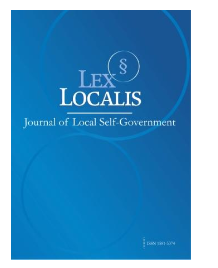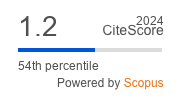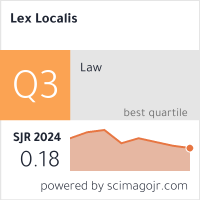IMPLICATION OF CAPITAL ADEQUACY COMPLIANCE AND NON-COMPLIANCE IN RESPECT OF PROFITABILITY (A STUDY FOCUSED ON INDIAN PUBLIC-SECTOR BANKS)
DOI:
https://doi.org/10.52152/afhxg586Keywords:
Capital Adequacy, Risk-weighted Assets (RWAs), Profitability, Provision Coverage Ratio, Interest Income, and Financial Stability.Abstract
The Banks have assets that generate income through interest from advances and enhance their financial value. The quality of the assets is a crucial concern for the bank’s profitability, which reflects upon capital adequacy for smooth sailing without turbulence in the financial system. Following the methodology applied, this paper aims to test for the implication of capital adequacy ratio (CAR) compliance and non-compliance in respect of bank’s profitability (PF) of Public-Sector Banks (PSBs) in India during Basel II & III regimes, covering 2008-2020 and adopted the panel data regression. In light of the above, the study has opted for a purposive sampling technique by taking 27 Indian PSBs as the sample size, progressively reduced to 19 due to mergers at the end of the study period. As well, the study examines the feasibility of several potential implications of profitability led by self-governing implication variables: interest income (INTINC), non-interest income (NONINTC), net interest margin (NIM), net non-performing assets (NNPAs), and return on equity (ROEy) as dependent variable. The objective is divided into two: to find whether capital adequacy compliance and non-compliance have implications in respect to PF. The first takeaway result reveals that, interest income (INTINC) is positive and significant, which denotes ‘interest income’, an implication of Capital Adequacy compliance of PSBs, is set to be good regarding profitability (PF), thereby implying an increase in ‘Reserve and Surplus’ (R&S), ‘business growth’ and ‘yield on advances’ (YoA). Whereas, the second result depicts that net non-performing assets (NNPAs) are found to be positive and significant. It means NNPAs level is high, leading to the implication of Capital Adequacy Non-Compliance of PSBs in respect of PF, thereby this implication implies to reflect upon high provision coverage, mounting of bad loans, added write-offs and recovery costs, which, ultimately, leads to capital adequacy non-compliance.
Downloads
Published
Issue
Section
License
Copyright (c) 2025 Lex localis - Journal of Local Self-Government

This work is licensed under a Creative Commons Attribution-NonCommercial-NoDerivatives 4.0 International License.








